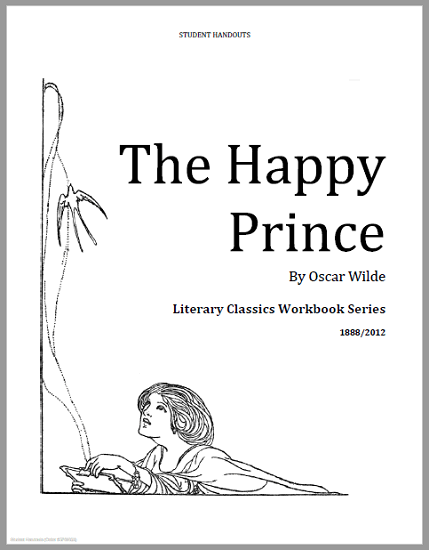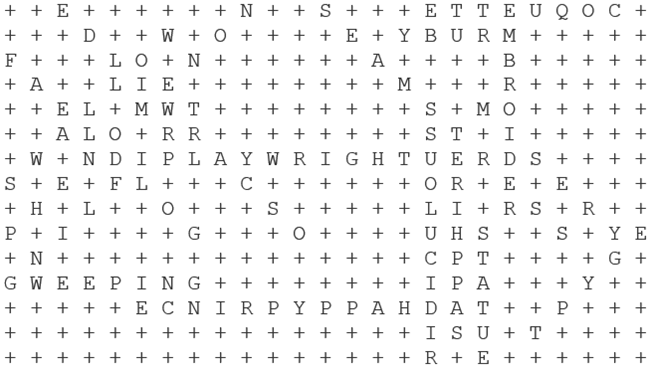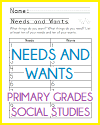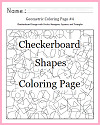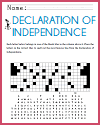This workbook features the popular 1882 short story "The Happy Prince" by Oscar Wilde. This classical tale, popular during the holiday season (but appropriate for any time of year) tells the story of a golden statue. In life, this Happy Prince was insulated from the misery and poverty of the city by the high walls surrounding his palace. As a statue, he weeps for the poor. A swallow, heading south for the winter, pauses on his journey to help the Happy Prince in his quest to relieve the people's suffering. Get out the tissues, because this is a heartwarming tearjerker!
"The Happy Prince" is suitable for kids in grades 4 through 12.
As an added bonus for younger readers, we've included some handwriting practice in this workbook.
Click here to print. This workbook is fourteen pages in length.
Note: "The Happy Prince" by Oscar Wilde was written in the late Victorian era, and uses British spellings and some dated language. This is a good opportunity to point out such differences, such as the British marvellous as opposed to the American marvelous. The answer key is below.
|
